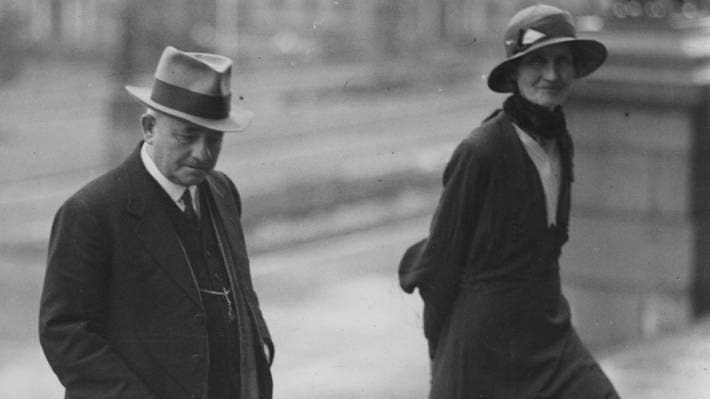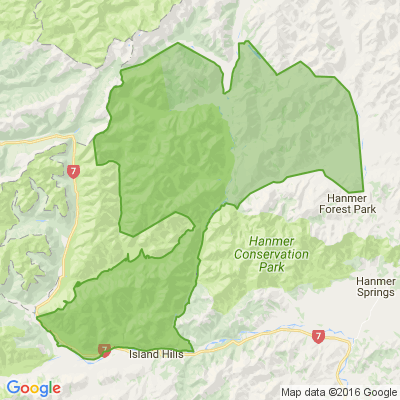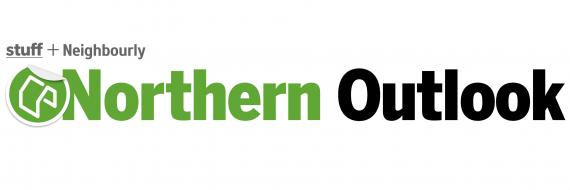1933: 'A red-letter day for women'
Hey neighbours,
Did you know...
“Although New Zealand is believed to have been the first country in the world to give women the right to sit in Parliament, it is one of the few which have consistently refused to elect a woman to its national assembly,” The Press wrote on September 14, 1933.
“Legislation permitting women to stand for Parliament was introduced in 1919 by the then Prime Minister, the Rt. Hon. W. F. Massey, and subsequently passed.”
Lyttelton MP Elizabeth McCombs had just shattered that glass ceiling after a by-election, becoming New Zealand’s first woman MP.
She had previously run as the Labour candidate in Kaiapoi and Christchurch North and became the Lyttelton candidate in a by-election after the death of her husband, James, who had held the seat since 1913.
The Press noted that “Mrs McCombs’s majority is larger than any Mr McCombs secured during his whole 20 years in Parliament”.
The Press reported from a packed Returned Soldiers’ Association Hall in Lyttelton.
“‘This is the proudest moment of my life,’ said Mrs McCombs, ‘but yet one of the saddest. You all know that my husband wished more than anything else on earth that I should sit in Parliament, and we had both hoped we should sit there together. I cannot help feeling a tinge of bitterness that it was not to be.’
McCombs died before the 1935 election, and was succeeded by her son, Sir Terence McCombs, who held the Lyttelton seat until 1951.

Poll: How do you feel about outdoor murals?
🌟 Something big and colourful has arrived on Manchester Street!
A brand-new five-storey mural has just gone up — the first of many outdoor artworks set to appear around Christchurch in the lead-up to February’s climate art festival.
We want to know: How do you feel about outdoor art?
Interested in the new works that will decorate the Garden City? The Press has you covered.

-
88.2% All for it! They make our spaces interesting
-
11.8% Nah - not for me
Brain Teaser of the Day 🧠✨ Can You Solve It? 🤔💬
How many balls of string does it take to reach the moon?
(Peter from Carterton kindly provided this head-scratcher ... thanks, Peter!)
Do you think you know the answer? Simply 'Like' this post and we'll post the answer in the comments below at 2pm on the day!
Want to stop seeing these in your newsfeed? No worries! Simply head here and click once on the Following button.

Some Choice News!
Many New Zealand gardens aren’t seeing as many monarch butterflies fluttering around their swan plants and flower beds these days — the hungry Asian paper wasp has been taking its toll.
Thanks to people like Alan Baldick, who’s made it his mission to protect the monarch, his neighbours still get to enjoy these beautiful butterflies in their own backyards.
Thinking about planting something to invite more butterflies, bees, and birds into your garden?
Thanks for your mahi, Alan! We hope this brings a smile!








 Loading…
Loading…